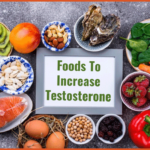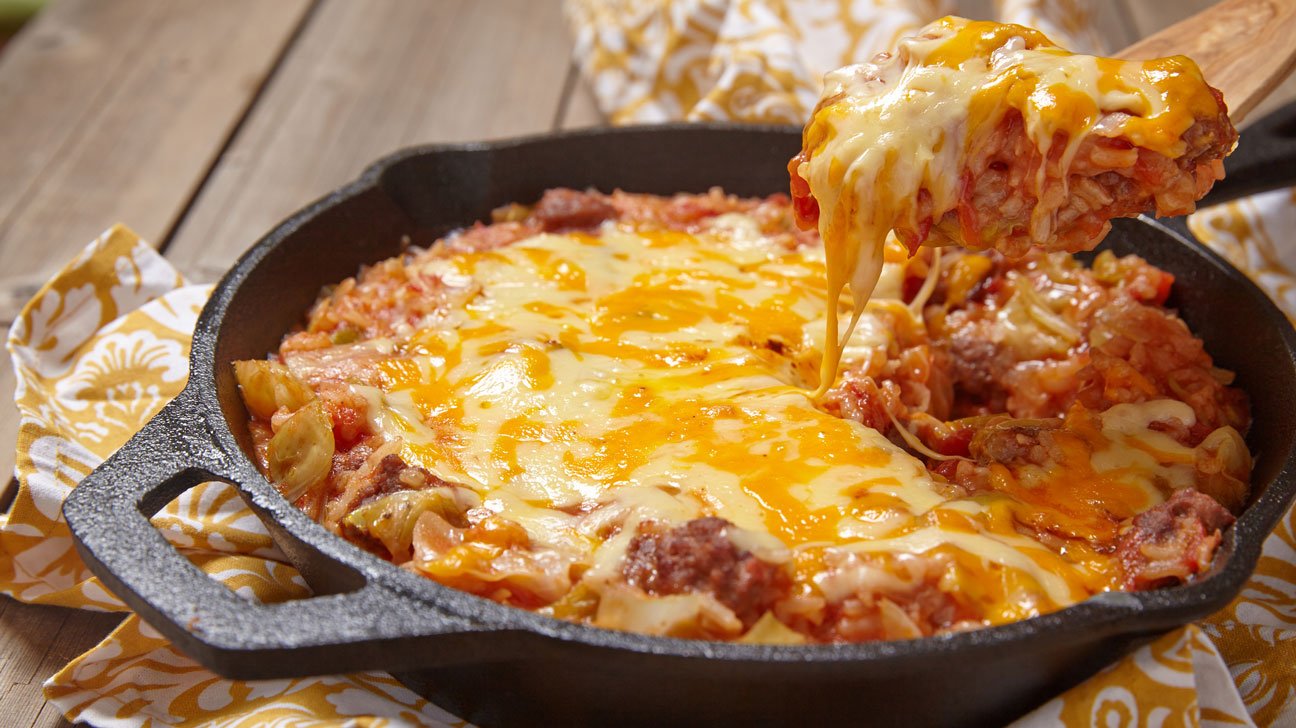Eating healthy on a paleo diet involves focusing on whole, unprocessed foods that mimic the diet of our ancestors during the Paleolithic era. Here are some tips to help you eat healthy on a paleo diet:
- Emphasize meats, fish, and seafood: Include lean sources of protein in your diet, such as grass-fed beef, free-range poultry, wild-caught fish, and seafood. These options are high in omega-3 fatty acids and important nutrients.
- Load up on vegetables: Prioritize non-starchy vegetables like leafy greens, broccoli, Brussels sprouts, cauliflower, peppers, and carrots. These are rich in fiber, vitamins, minerals, and antioxidants.
- Include healthy fats: Opt for sources of healthy fats like avocados, olive oil, coconut oil, nuts, and seeds. These provide essential fatty acids and promote heart health.
- Choose unprocessed carbohydrates: Instead of grains, focus on carbohydrates from fruits, starchy vegetables like sweet potatoes, and tubers like yams. These options provide energy and nutrients.
- Incorporate nuts and seeds: Include a variety of nuts and seeds, such as almonds, walnuts, flaxseeds, chia seeds, and pumpkin seeds. They offer healthy fats, protein, and fiber.
- Minimize sugars and processed foods: Avoid added sugars, refined grains, processed snacks, and packaged foods. Stick to whole, unprocessed foods as much as possible.
- Don’t overlook herbs and spices: Use herbs and spices liberally to enhance flavors and add variety to your meals. They provide antioxidants and other beneficial compounds.
- Stay hydrated: Drink plenty of water throughout the day to stay properly hydrated. Limit sugary drinks and choose water or herbal teas as your main beverages.
- Prioritize high-quality, organic, and pasture-raised foods: Whenever possible, choose organic, pasture-raised, and sustainably-sourced animal products. This helps reduce exposure to pesticides and supports more ethical and sustainable farming practices.
- Customize to your needs: The paleo diet is a framework that can be adapted to individual needs. Adjust portion sizes, macronutrient ratios, and specific food choices based on your goals, activity levels, and any dietary restrictions or sensitivities you may have.
Remember, it’s always advisable to consult with a healthcare professional or registered dietitian for personalized advice, especially if you have specific dietary needs or health conditions. They can help ensure you are meeting your nutritional needs while following a paleo diet.











